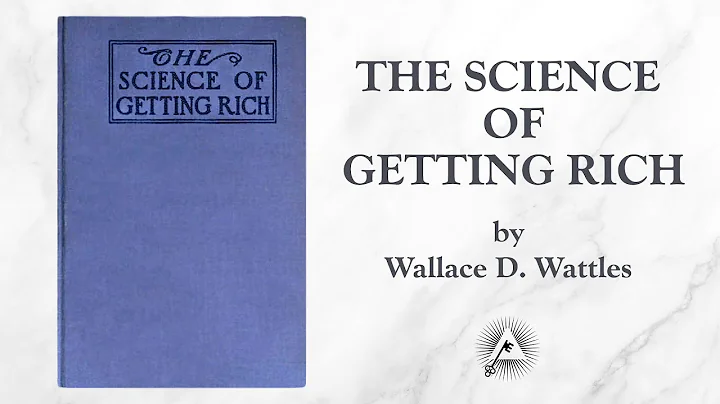Excerpt from " Psychology and Life "
Chapter 8 Cognitive Process
Author/Richard Grieg Philip Zimbardo

Section 2 Use of Language
♥ Language Generation
★ About language generation Research is concerned both with what people say—what people choose to say at a given time—and with what processes people go through in order to produce the corresponding information.
Figure 8.4 The production of language

How would you describe this picture to a friend? How would your description change if your friend were blind?
★Audience Design
* Whenever you generate an utterance, you must consider the audience for which the utterance is intended, and what knowledge you are sharing with your audience.
* Four maxims on which cooperative speakers rely. In Table 8.3 we present these maxims, along with a fictional conversation that illustrates how these maxims influence every detail and step in language production.
Table 8.3 Grice’s maxims about language production

* Clark proposed that speakers judge common knowledge based on three different pieces of evidence:
1. Group membership. language generators often make strong assumptions about what may be known to each other, usually based on whether both parties belong to some common group.
2. actions co-occur. language generators often assume that certain events or actions become a common basis for both parties to the conversation. This information comes from earlier conversations (or past conversations) between the two parties.
3. perceptual co-occurrence. Perceptual co-occurrence exists when the speaker and the listener directly face a common object or situation (light, sound).
★Verbal execution and slips of the tongue
*Spenney phenomenon, which refers to the exchange of the initial sounds of two or more words in a phrase or sentence) is named after him.
Table 8.4 Errors in Planned Speech Production

★ Contemporary theories of language production attempt to predict how people's speech gradually takes on sounds, words, and structure.
★ Regarding structure, researchers often examine what factors lead a speaker to choose to express the same meaning in one way rather than another. Look at Figure 8.5. If you were asked to describe this scene, you might say: "The little girl was frightened by the clown in the box," or "The little girl was frightened by the clown in the box." To understand why a speaker chooses a particular structure, researchers point to the language the speaker has recently heard and understood as such factors.
Figure 8.5 Choose a sentence structure
How would you describe this scene?

♥Language understanding
★Disambiguation
Look at Figure 8.6. To show how individual words come together to form grammatical units, linguists often use tree diagrams to depict sentence structure.
When there may be more than one meaning, how can the previous context enable you to identify one?
Figure 8.6 Sentence structure

Linguists use tree diagrams to show the grammatical structure of sentences. Part A shows the structure of the sentence "The cat is on the mat". Parts B and C show that the sentence "The mother of the boy and the girl will arrive soon" can be characterized by two different structural analyses. Who will arrive soon, one person (Structure B) or two people (Structure C)?
* Figure 8.7 Brain basis of ambiguity resolution

Participants underwent fMRI scans while reading balanced or biased ambiguous sentences and matched control sentences. Brain areas circled in red were more active under both ambiguities (relative to the control sentence).The brain areas in the green circles were more active only under ambiguous sentences.
★The product of understanding
Research has shown that meaning representation begins with a basic unit called a proposition. The so-called proposition refers to the main idea of the discourse.
Table 8.5 Discourse situations and inferences

♥ Language and evolution
★ One of the characteristics of human language is that people can use limited words to express unlimited meanings: you can use you according to some grammatical rules, as shown in Figure 8.6 You can combine the words you know to create an infinite number of sentences you need.
★Researchers believe that humans are the only species capable of using such complex language rules.
★ Only humans have acquired the mental ability to generate and understand complex grammatical structures through evolution.
♥Language, thinking and culture
In some cases, language can have an impact on thinking.
♥Psychology in life
☞Why do people lie and how do they lie?
When lies are minor, the reasons for lying are primarily psychological (for example, they want to avoid embarrassment). When lying becomes a serious problem, the motivation for lying is personal gain.
★ When participants were preparing lies, activity in brain areas responsible for planning and emotion was very strong.
★ Pathological liars have more types of brain tissue involved in the activity so that neurons can transmit information to each other. The prefrontal cortex is an important part of the brain's control scheme, suggesting that pathological liars are particularly good at telling lies.
2022.06.26





















